- Do you subscribe to Dharma Dog Training’s Newsletter? You should.
- A Unique Campaign from The Humane Society of the United States
- Rabid bats in Omaha- Stay safe, prepared with these tips
- Springtime Activities in Omaha
- Mill Dog Monthly from Bailing Out Benji
- World Spay Day, Legislative Alert in Nebraska
- Attend the Nebraska Rescue Council’s monthly meeting this Saturday
- Five Hard-to-Ignore Reasons to Adopt!
- Paws in Pink to Benefit Breast Cancer Foundation
- VCA, Inc. Acquires MidWest Vet Specialists from Kansas State University
Meet Jaime Lundeby of Unleashed Omaha
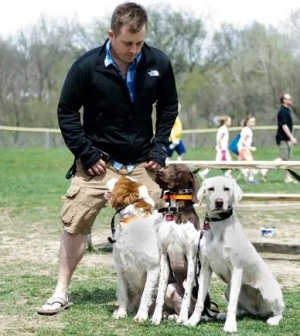
Jaime Lundeby’s love for animals- something he says we’re all born with the capability for- has turned into his business. A result of being around animals all his life, a random request about a job in a doggie day care, and his journey towards being the owner of his own dog training business, Unleashed Omaha, the tale that is his arrival to this moment in time is whimsical. He’s sort of the new kid on the block, though his experience with animals is extensive, and we’re here to spread the word about his abilities and proven results in training his clients’ pups.
Lundeby, born in the small, farming town of Cavalier, North Dakota is the oldest of three siblings. He grew up in another small town, Rock Rapids, located in the Northwest corner of Iowa. “It was great living in a small town with no cares in the world except for which fishing hole we were going to hit on that particular day.” Lundeby moved to Sioux Falls, South Dakota, where he completed high school and headed off to the University of South Dakota; he later received a Bachelor of Sciences in Mathematics and Physics.
After graduation, he moved to Omaha. Troubled by hiring freezes of 2008, he decided to take an opportunity by working in the hospitality business. He met Billy Faggan, a friend who eventually asked him if he would be interested in working for a dog daycare. “The money wasn’t great, but it was during the day, I got to bring my dog to work, and was basically getting paid to hang out with a bunch of dogs.” Being a math guy, he started putting numbers together relating to this dog daycare and its finances. After deciding it was a lucrative industry and maybe there was a place for him in it, he started looking for certification programs in dog training and daycare facilities. He discovered Animal Behavior College, signed up, became certified, and has been learning from and working with dogs and dog training ever since.
“I thoroughly enjoyed my intense research of training articles, my Animal Behavior College reference materials, videos, blogging, and meeting up with other trainers. I began to truly start loving this crazy world of being a pet professional.”
In the last year, Lundeby dedicated his available hours to getting his “dream company” up and running. He contacted a local Omaha trainer, Kelly McAtee, to see if she’d be willing to share some of her story on how she got started. McAtee became his local mentor, directing him on how to do what he does today. Unleashed Omaha officially launched in March of 2014 and is growing rapidly. “Through the love and support of my family, friends and social media, business is developing faster than I anticipated. They say the secret to life is to find something you love doing and then find a way to get paid for it. Let’s just say I’ve found my passion.”
His passion for animals started at an early age; in fact, Lundeby says a love for them is innate: “I think it’s in our DNA to have passion and love for animals. Something about that first time you have a little ball of love snuggle into you, it’s an instant addiction.” His passion for training animals was just around the corner. The first dog he purchased was a gorgeous yellow lab puppy. At Tully’s Kennel here in Omaha, the pup came bursting out of a room and right into his arms. “It was settled after that moment of being smothered in kisses and happy dog craziness.” He named her Nico and she will always be his first love. She is a “tennis ball freak” with an enormous food drive. His second dog, Dakota, a German shorthair, was rescued from the Nebraska Humane Society. “I took him into the play room, brought in Nico, and they instantly started acting like brother and sister.” Once again, his mind had been made up for him. Dakota is a “tug” junky and Lundeby says he stalks birds “like a ninja.” Lundeby started to see how proud it made him feel to have two well-behaved dogs and realized this was something he was very good at doing. “I guess I felt it necessary to share the knowledge with my fellow dog lovers so their lives with their pets could be as fulfilled as mine.” They have offered him love, companionship and few extra moments of laughter due to their unpredictable goofiness. “I couldn’t imagine life without them.”
Nico and Dakota are key partners in Lundeby’s training business, too. With their help, he uses a training system of his own which evolves constantly through new insight. “I find it to be an extremely fair, low stress, and a good solid wave of communication between you and your dog.” Each dog is a different personality or case, each individual defining itself with different triggers. Many of them will respond differently based on which tool is used and how it is used.
There are many tools dog trainers use in their training. Lundeby’s system is one of leadership, guiding and calmness. “We take away all the humanized emotions our dogs have taken on, show them we are their protectors, their provider of food and shelter and that we’ll always be there advocating for them.” These are all qualities of a pack leader, and once that bond is established between dog and handler, Lundeby says training is a piece of cake. His system starts by showing the dog “Leash Pressure.” This involves the use of prong collars, slip leads, flat collars, and e- collars in order to train your dog to move with a leash nicely and be guided by the leash. The work is extremely low pressure, very low stress, and is very fair to the dogs we work with. To the question of whether pronged collars are cruel, Lundeby says that “any tool, when used improperly, can have a negative effect on the dog.
“We at Unleashed Omaha find prong collars to be one of the most humane tools in our tool box. There are many misconceptions about these collars and many negative stereotypes like the fact that we are ‘spiking’ our dog’s neck or strangling him with a tipped collar. It couldn’t be any further from the truth.” Herm Sprenger, the brand of collar he uses, has been in business for over a hundred years. Their collars are made of quality material and are very well-crafted. The prongs are rounded, not sharpened, and offer the easiest form of communication to a dog learning to move with the leash. “We condition moving with this collar. We don’t simply slap the collar on the dog, jerk them around and bully him or her into position. The dogs actually really enjoy the work. This information will later help shape a variety of positions that we will teach the dog to hold under high level distraction (for long periods of time if needed) and under whichever distance we are away from our dogs, even if that means out of sight.”
Lundeby has six basic commands that he teaches in his lessons. The first three taught are “sit,” “down,” and “place” (all with the implied “stay”). “I don’t say the word ‘stay,’ I say the command one time, and ask for them to hold the position until I give them another command to end the behavior.” Saying the command too often desensitizes and confuses the dog, he says. “Your words should have meaning- simple, clear and concise communication between the handler and the dog.” He uses treats in certain places in his training program, but the bond between dog and master is “the real reward in our training.” The dog should want to work for you, you are the pack leader, his protector, his food and shelter source, his advocate, Lundeby says.
The process sounds simple, but training is tough- especially when dogs have behavioral problems. This is how it should go, he says: “Command, raise leash to turn pressure on, command followed, drop leash to let pressure off.” Eventually after conditioning this behavior, you simply say the word, the action is done and you give some praise.
The commands are learned through association and then you begin to solidify them with the three “D”s: distractions (balls, kids, people, dogs, rabbits, etc.), duration (extending the amount of time the command is held), and distance (extending the space between you and your dog for a better distance control or for when you have to be out of sight for a particular amount of time). The down command is also one of the elementary cues taught to our dogs. Learn the commands and you can be trained. Teach through repetition. After the three Ds, the final three commands are “recall,” “thresholds” and “Heel.” Out of all the commands taught, recall is the most important thing you can teach your dog, Lundeby says. “The power to have your dog come to you no matter what situation is around him is a very powerful tool and something every dog should have down before being let off leash. Recall can save your dog’s life.” Thresholds prevents dashing in and out of doors, helps calm the dog before entering or exiting his kennel- “we can use thresholds for a variety of things.” Threshold is a great bit of training that helps dogs understand their kennels. “We teach the dog to relax and to be quiet in their kennels. It should be a place for peace, calmness, and rest. Teaching this to a dog helps stop separation anxiety quickly.”
Loose Leash Heeling is the last big step. “Nobody likes being dragged down the street or jerked in different directions. Heeling is a great tool to help your dog through high level distraction areas and challenges. Don’t worry about dogs, people, leaves, wind, loud noises,” etc. That’s what heeling will reinforce.
These six basic obedience commands are taught in Lundeby’s four-week-long-course. “Everything progressing to off leash work within weeks,” he says. When behavior is a problem with the dog he tends to address these issues first. Aggression, separation anxiety, OCD behaviors and other problems are important to address before training.
When it comes to behavior, he says, “Our goal for every dog is to bring them down to a very calm level, one without worry, fear, anxiousness- just exist. You’re going to be fine.”
Successful training reaps great benefits, he says. “When I want energy I’ll ask for it and I’ll get it. Out in the hunting field, let’s go nuts. Agility work? Go as fast as you can go, but when we are in need of calm and relaxed behaviors we ask for it and it should be obeyed. We teach initial behaviors without correction, we progress to correction and guidance into proper position.” Repetition, impulse control, from you and the dog, and sending clear, calm, and concise communication are all the tools he uses in order to develop the relationships between owner and dog to their fullest capabilities. “Let me help you build this relationship of trust and communication between you and your dog,” he says. “In the end, I’m just looking to make Omaha a better place to live, one dog at a time!”
As to whether to use his services or someone else’s in the area, Lundeby wants you to know this: “I’ve done the research, I’ve checked my references, and I take pride knowing I can bring you the most quality of information. I know what works through my study of dogs throughout the years of training. I am what is known in our industry as a “Balanced Trainer.” I use a variety of methodologies to shape, capture, and guide dogs into specific behaviors. My methods vary from using food, toy, praise, leash pressure, spacial pressure, vocal pressure, or a combination of these to teach all necessary commands. The one major thing that separates me from my competition is I don’t hide any of my training.” Some trainers have sworn to secrecy about their programs for one reason or another, but not Lundeby. His YouTube channel includes videos that detail his methods and he’s glad to share them.
These are all reassuring things about Unleashed that translate into comfort and peace of mind when you want a trained pup. “I have a few mentors I follow closely in this business and they all feel the same way. Let’s produce amazing dogs, share this incredible knowledge, and show how to better our relationships with our pets.”
Between working his part-time job as a waiter, scheduling sessions, working with his dogs, walking dogs, and promoting a business, there’s not a whole lot of free time as of late for Lundeby. “I like to think I’ve figured out when to pump the brakes but have a strong sense of when I need to do and put the petal to the metal.” In his free time, however, he loves Colorado. “I love the mountains, taking my dogs up there in June for a half of a week to do some camping and hiking.” He likes to hike, camp, fish, hunt, and ski in the winter time. “Of course, I love taking my dogs to either Lake Cunningham or Zorinski for some swimming fun and dock jumping. I like to get my hands dirty in whatever I do.” You can also find him watching Husker football games and hitting the links when the weather allows. “I have a very outgoing personality and am definitely not afraid to spark up conversation with someone while standing in the grocery line or anywhere else for that matter. Overall I’m just a good old Midwestern kid, brought up with good work ethic, strong family values, and I love to train dogs!
If you’d like to try Unleashed Omaha or just want to follow him through the Web and social media, please find his links below.
Facebook – www.facebook.com/unleashedomaha.
Instagram – www.instagram.com/unleahsedomaha
YouTube – www.youtube.com/user/unleashedomaha
The YouTube channel includes many how-to videos on how he trains.
Lundeby would like you to know that he is always open for questions on the Facebook page and soon will have his own website as well. The webpage is scheduled to launch Monday, June 2. The website (www.unleashedomaha.com) will have live feeds to his Facebook and Instagram websites as well as videos, testimonials, services available, how to contact him and more.
You can currently contact him currently either by telephone at 402.965.1114 or email him at Traineddogsrhappydogs@gmail.com.
Related Posts
Latest News
-
Join Us at Pick A Pooch 2025: A Fun-Filled Weekend for the Whole Family
A Fun-Filled Weekend for Pet Lovers and Families Alike Mark...
- Posted 1 year ago
- 0
-
Beardmore Presenting Sponsor At This Years Pick-A-Pooch event
🐾 We are thrilled to announce that Beardmore Subaru is...
- Posted 4 weeks ago
- 0
-
How Having A Pet Can Change Your Life
Having a pet can open your heart in ways that...
- Posted 2 months ago
- 0
-
How To Improve The Life Of Your Senior Pet
Do you have an elderly fur baby and want to...
- Posted 3 months ago
- 0
-
Springtime Activities To Enjoy With Your Furry Friends
Are you preparing for warmer weather and want some ideas...
- Posted 4 months ago
- 0
-
Pros And Cons Of Microchipping Your Pets
Have you considered whether your pets should be microchipped and...
- Posted 5 months ago
- 0
-
The Best New Fun Toys For Dogs And Cats
The Best New Fun Toys For Dogs And Cats Did...
- Posted 5 months ago
- 0
-
Heartfelt Ways To Show Your Pet You Love Them
Did you know there are more ways to show your...
- Posted 6 months ago
- 0



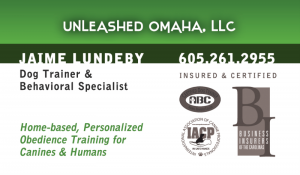
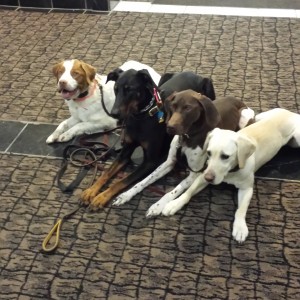
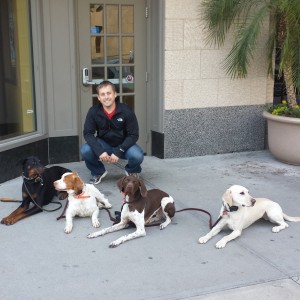
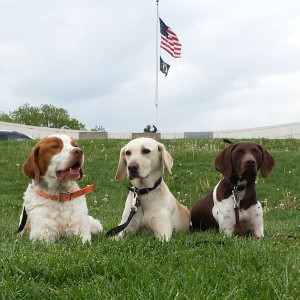
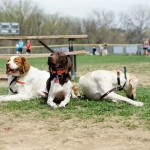
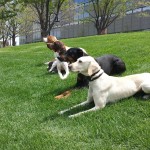
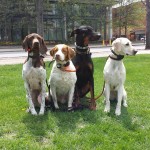




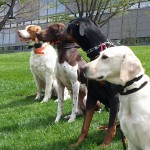
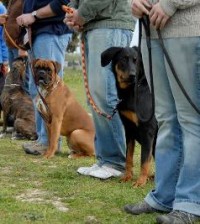
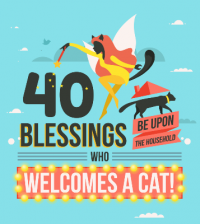
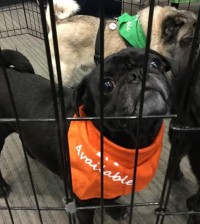


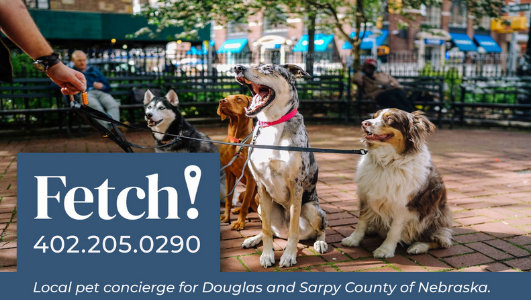

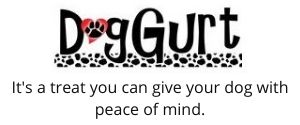
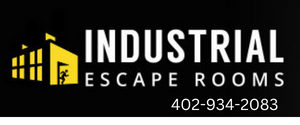


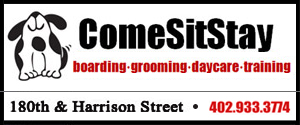

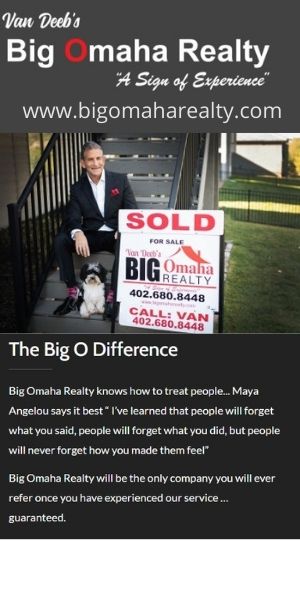
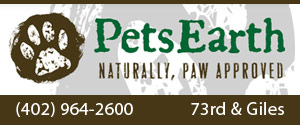





You must be logged in to post a comment Login